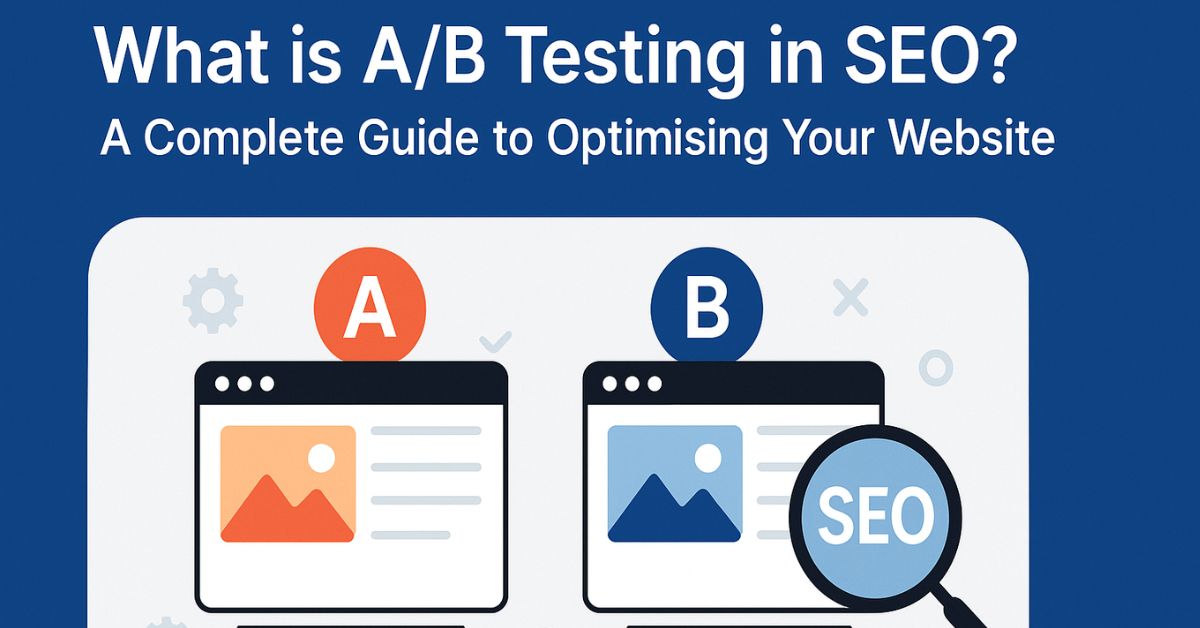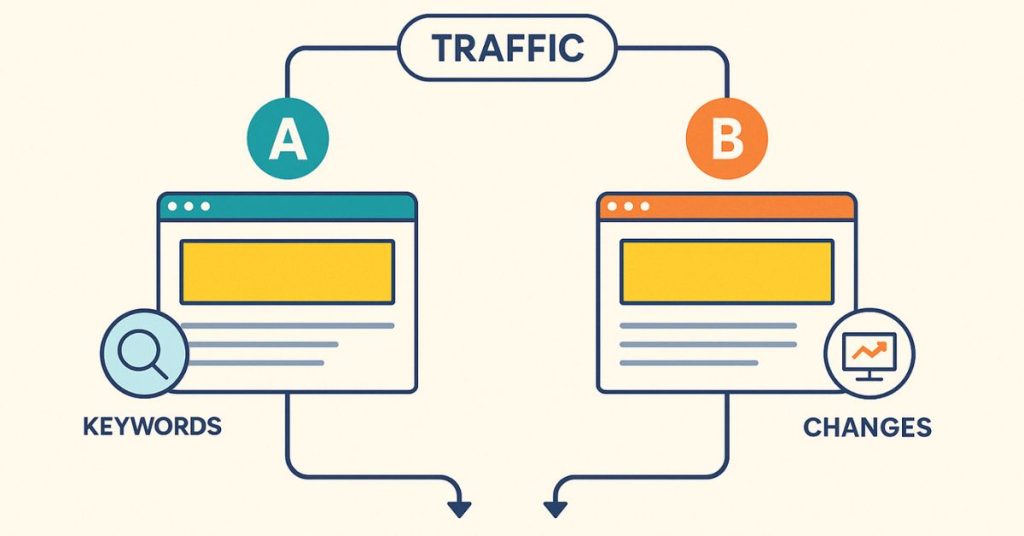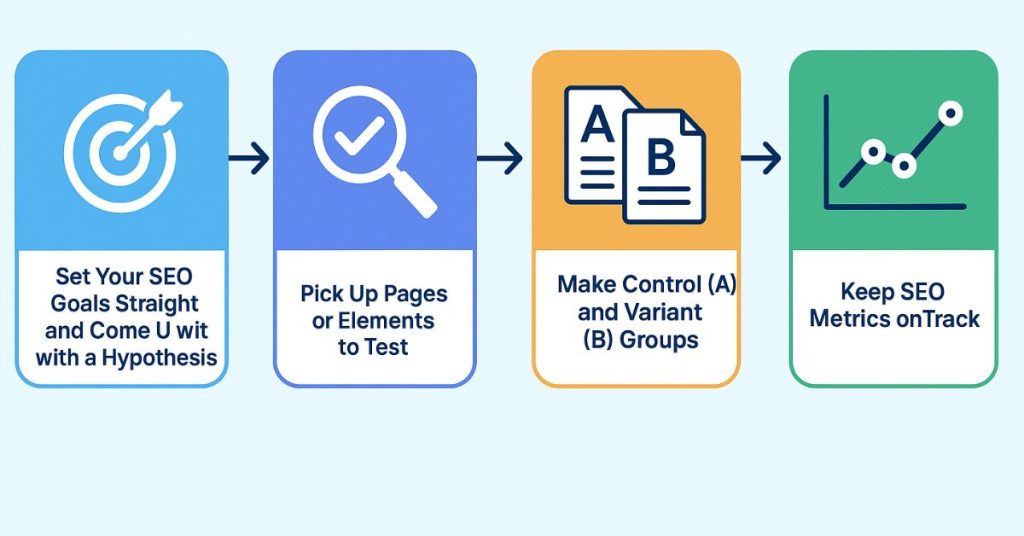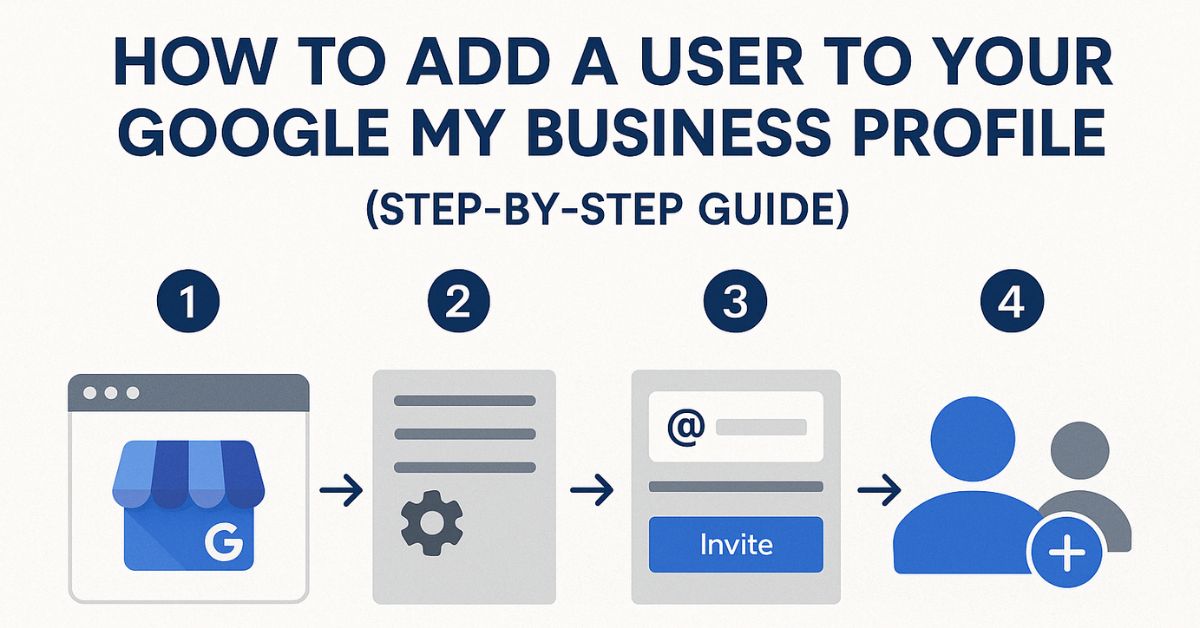
Ever ended up with more than one final draft from your team for the same campaign? You could run an A/B test to see which one performs well.
Digital marketing often involves rigorous experimenting to see what works best. Whether it’s about your email campaigns, targeted ads, or Search Engine Optimisation (SEO), A/B testing has been widely used to determine high-performing elements.
A/B testing is when you test two (or more) variations of a change. This can include testing different types of banners to see if one witnesses more clicks than the other.
If you’re new to A/B testing for SEO or want to dive deeper, this blog is for you. We’ll cover what all can be done in A/B tests, and how you can make the most of running these.
What is A/B Testing?
A/B testing or split testing in SEO is a method wherein you can compare two versions of the same page or element to see which one performs better. To proceed with this, you’ll have to create an original page, and then the modified version. Since the traffic is split between these two versions, their performance is measured against a specific goal that you may have. It can be clicks, conversions, or engagement.
Split testing can reveal helpful insights when it comes to improving your organic ranking, since you’ll know what to retain and what to remove from your page.
How Does A/B Testing Work in SEO?

For A/B testing to work, you’ll also have to count search engine spiders rather than just user behaviour. You can get started with a set of similar pages on your website and implement a change on the variant pages, while the rest remain unchanged.
Over time, you’ll be monitoring and comparing keyword rankings, organic traffic, click-through rates (CTR), and bounce rates garnered by both the pages.
Note: Make sure that the time for running A/B tests is significant enough to gather results and draw accurate conclusions. Usually, SEO testing should take 2-4 weeks to gain statistical significance.
What Elements Can You Test in SEO A/B Testing?
You can apply A/B testing in SEO to a variety of on-page elements, including, but not limited to:
- Headlines and Content Layout: Seeing what type of helpful content or structuring engages more or impacts dwell time.
- URL Structure: Modifying URLs to be more accessible in search might improve rankings.
- Meta Titles and Descriptions: Testing different headline styles or keyword placements can influence CTR in search results.
- Content Formats: Testing longer vs shorter content or different formats, such as lists, guides, videos.
- Calls to Action (CTAs): Different word choice or placement of CTAs that can affect user behaviour and conversions.
- Internal Linking: Adjusting how pages link to each other can influence crawlability and page authority distribution.
Step-by-Step Guide for Running an SEO A/B Test

To conduct an effective SEO A/B test, follow these steps:
- Set Your SEO Goals Straight and Come Up with a Hypothesis
Start by identifying what you want to improve—whether it’s organic traffic, rankings for a specific keyword, or CTR. Formulate a clear hypothesis, such as “Changing meta titles to include target keywords will improve organic clicks.” - Pick Up Pages or Elements to Test
Select pages that are similar in content and performance so that you can conduct a fair, and not skewed comparison. For example, test product pages within the same category rather than across unrelated pages. - Make Control (A) and Variant (B) Groups
Divide your selected pages into two groups: one remains unchanged (control), and the other receives the modification (variant). - Apply Changes to the Variant Group
Incorporate the SEO changes only to the variant group, while also making sure that these are trackable and isolated from other site updates. - Keep SEO Metrics on Track
Stay in the loop with tools such as Google Analytics and Google Search Console that track organic traffic, rankings, CTR, and bounce rates over your defined test period. - Analyse Results for Statistical Significance
After running the test for an adequate duration, analyse the data to determine if the changes had a meaningful impact. If the variant outperforms the control, consider rolling out the change site-wide.
Best Practices to Follow While Running an A/B Test for SEO
Here’s what you can do to get most accurate and reliable results from your A/B SEO campaigns:
- Avoid Cloaking: Make sure both parties, i.e. your users and search engine crawlers, see the same content to comply with Google’s guidelines.
- Allow Sufficient Test Duration: Be mindful that SEO changes can take 2-4 weeks to reflect in rankings, so hold on if you don’t see the results right away.
- Test One Variable at a Time: Stick to changing one-two elements at a time, since testing multiple elements simultaneously (multivariate testing) makes it difficult to tie results with the cause.
- Make Sure Search Engines Can Access Both Versions: You’ll need to prevent technical issues that might block search engines from crawling your variant pages.
Note: A/B testing and multivariate testing are strikingly different. While the former compares two versions, the latter examines multiple variables simultaneously but requires more traffic and complex analysis.
Get Incredible Results with A/B Testing for SEO
With A/B testing, guesswork goes out the door! You can easily optimise your website based on factual information and tangible results. If you’re ready to start with A/B testing but need professional help, we can do the same for you. Our SEO agency in New Zealand is seasoned in A/B testing for SEO, emails, targeted ads, and other media in digital marketing. Contact us for a free 30-minute consultation for your website and get the roadmap to digital success!
Let's Build Your Digital Success
Sort By Categories
Latest blogs
-
 What is A/B Testing in SEO? A Complete Guide to Optimising Your Website
What is A/B Testing in SEO? A Complete Guide to Optimising Your Website -
 How to Add a User to Your Google My Business Profile (Step-by-Step Guide)
How to Add a User to Your Google My Business Profile (Step-by-Step Guide) -
 Is Shopify SEO-Friendly? A Complete Guide for E-Commerce Stores
Is Shopify SEO-Friendly? A Complete Guide for E-Commerce Stores -
 Does Embedding YouTube Videos Help SEO? A Complete Guide
Does Embedding YouTube Videos Help SEO? A Complete Guide -
 Are Alt Tags Important in SEO? A Complete Guide
Are Alt Tags Important in SEO? A Complete Guide
